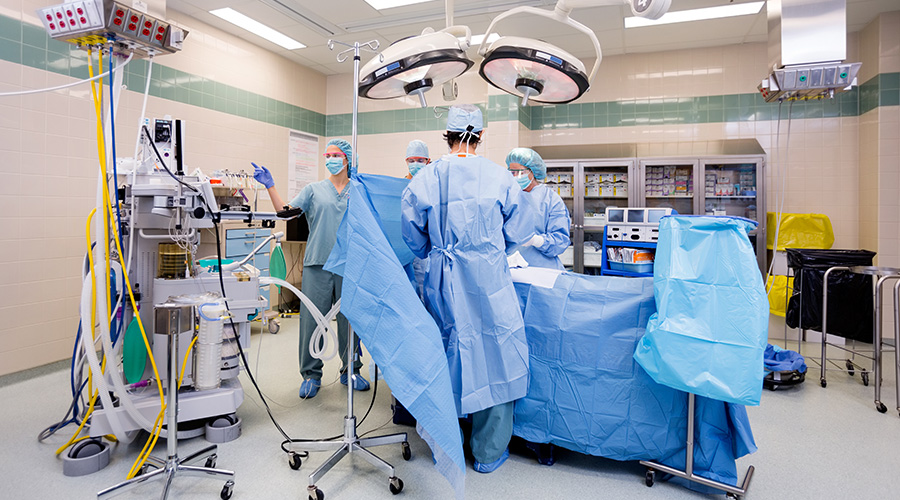by Andrew deLaski, Executive Director, Appliance Standards Awareness Project (ASAP)
The final few weeks of 2015 proved busy ones for new national appliance and equipment standards. The Department of Energy (DOE) completed the biggest energy-saving standard in agency history, along with several important but lower-profile standards which will collectively yield large energy and economic savings. Some of them point the way to much larger future savings. Looking ahead, 2016 looks to be another big year for saving energy and money with improved standards.
Savings add up
In total, DOE completed or proposed new standards for eight product categories in the closing weeks of 2015. The new commercial rooftop air conditioner standards, a product of a DOE-convened negotiated rulemaking process, made headlines with historic savings levels. But the other seven proposed or final standards also achieve significant savings, adding up to about 1.7 quadrillion Btus of savings over thirty years of product sales, or roughly enough energy to meet the needs of 9.5 million US households for a year. Savings are split among electricity (135 billion kWh in savings) and fossil fuels burned directly in appliances, mostly natural gas (about 440 trillion Btus in savings). DOE's combined savings estimates for consumers of these products reaches about $9 billion after accounting for the slightly increased cost of more efficient products.
Medium to modest savings but big future potential
Let's go back in time more than twenty years: a clothes washer final rule completed in 1991 set very modest standards, but also showed that large savings were possible by considering technology step-changes. Front loading washers, then already common in Europe but not yet designed for American preferences for shorter cycle times and larger loads, had the potential to dramatically reduce laundry energy and water use and provide as good or better washing performance. Fast forward to today. After two subsequent rounds of upgrades to standards, new clothes washers use 60-70% less energy and 40-65% less water than pre-1991 products. Even more interesting, even as front loaders have become more popular, top-loading products have achieved efficiency improvements approaching the performance of front loaders, technological improvements that no one predicted in the early 1990s...
To continue reading this blog post, visit: http://aceee.org/blog/2016/01/2015-goes-out-burst-new-efficiency
About ACEEE: The American Council for an Energy-Efficient Economy acts as a catalyst to advance energy efficiency policies, programs, technologies, investments, and behaviors. For information about ACEEE and its programs, publications, and conferences, visit aceee.org

 Why A Skilled Cleaning Staff Matters in Operating Rooms
Why A Skilled Cleaning Staff Matters in Operating Rooms General Leonard Wood Community Hospital Opening Date Set
General Leonard Wood Community Hospital Opening Date Set Heritage Communities Experiences Data Breach
Heritage Communities Experiences Data Breach State of the Facilities Management Industry in 2025
State of the Facilities Management Industry in 2025 City of Hope to Open New Cancer Specialty Hospital in California
City of Hope to Open New Cancer Specialty Hospital in California